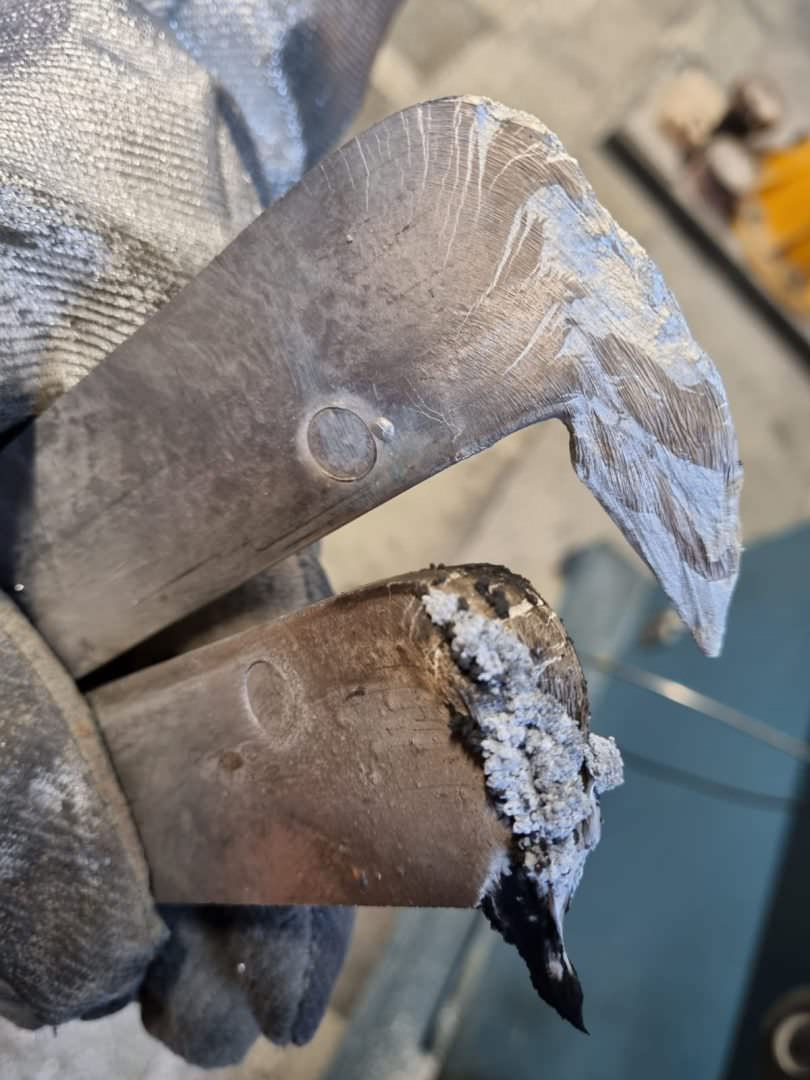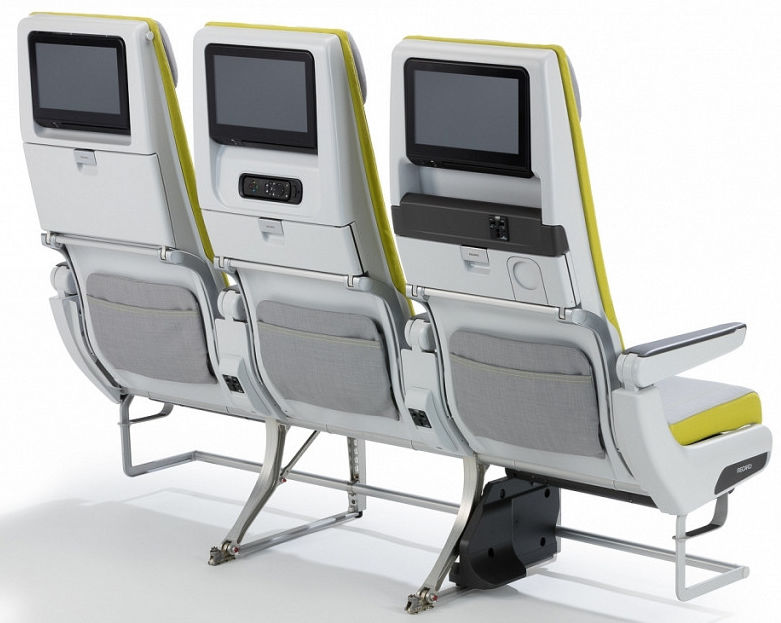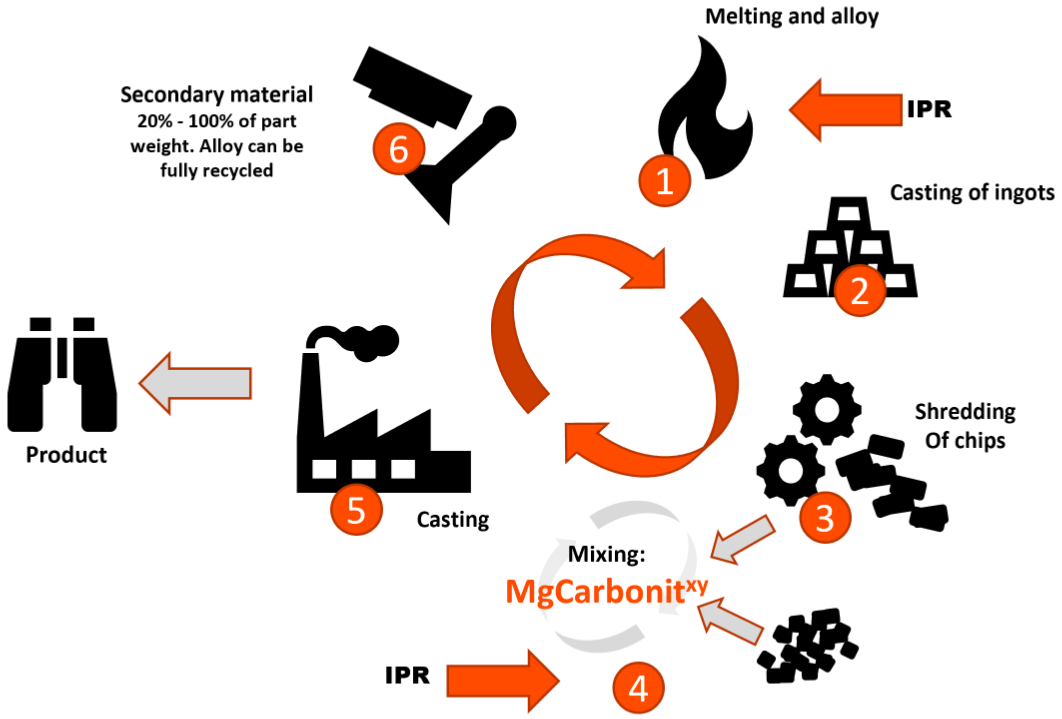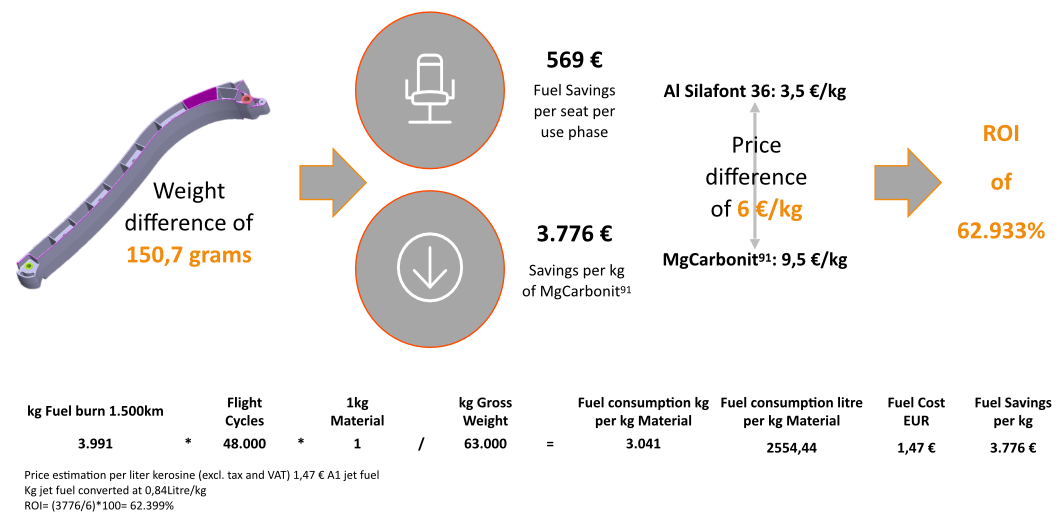Flame-retardant Magnesium Alloy MgCarbonit91
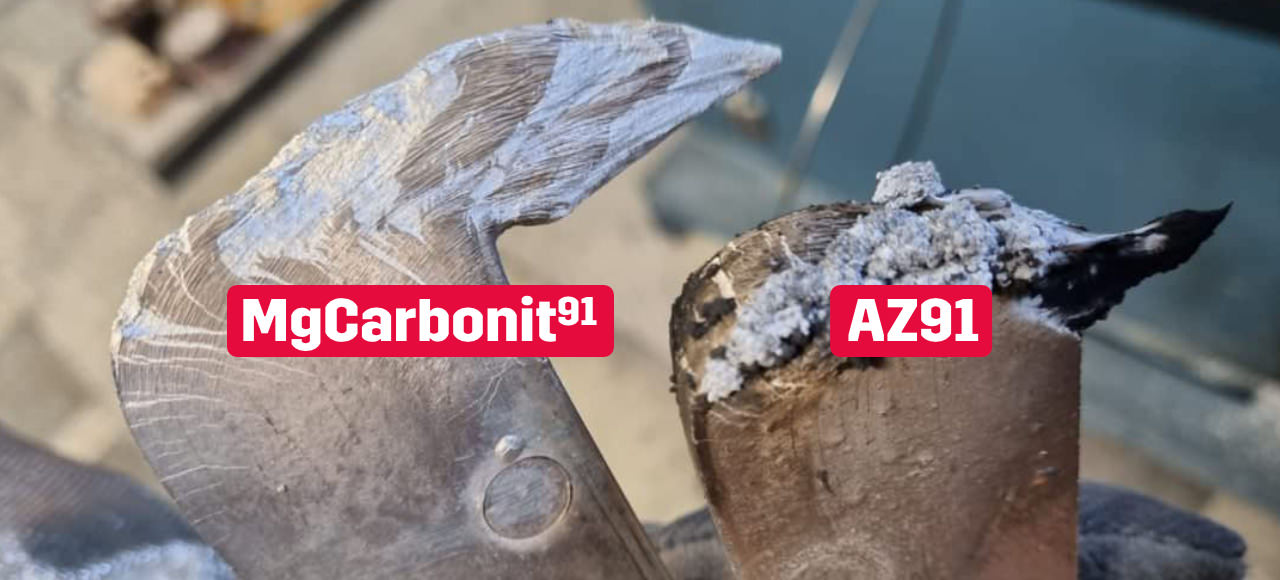

Various approaches already exist in the prior state-of-the-art approaches to increase the ignition temperature of a magnesium alloy through appropriate material compositions and thus provide "flame-resistant" magnesium alloys.
However, the currently available alloy is associated with very high licensing costs. Furthermore, the existing alloys have mechanical properties that are inferior to the most common magnesium alloy, AZ91.
We believe that our patented alloy is both flame-retardant and has significantly better mechanical properties than the currently available alloy.
- Composition and Manufacturing
- Technical Details
- Potential Applications
- Greenhouse Gas Emission Analysis
- Better Castability
- Potential Savings
The filed claims include both the process for manufacturing the alloy and the composition of the alloy. The MgCarbonit91 alloy licensed by us is both flame-retardant and mechanically identical to the AZ91 alloy. The addition of carbon particles also significantly improves castability compared to existing alloys.
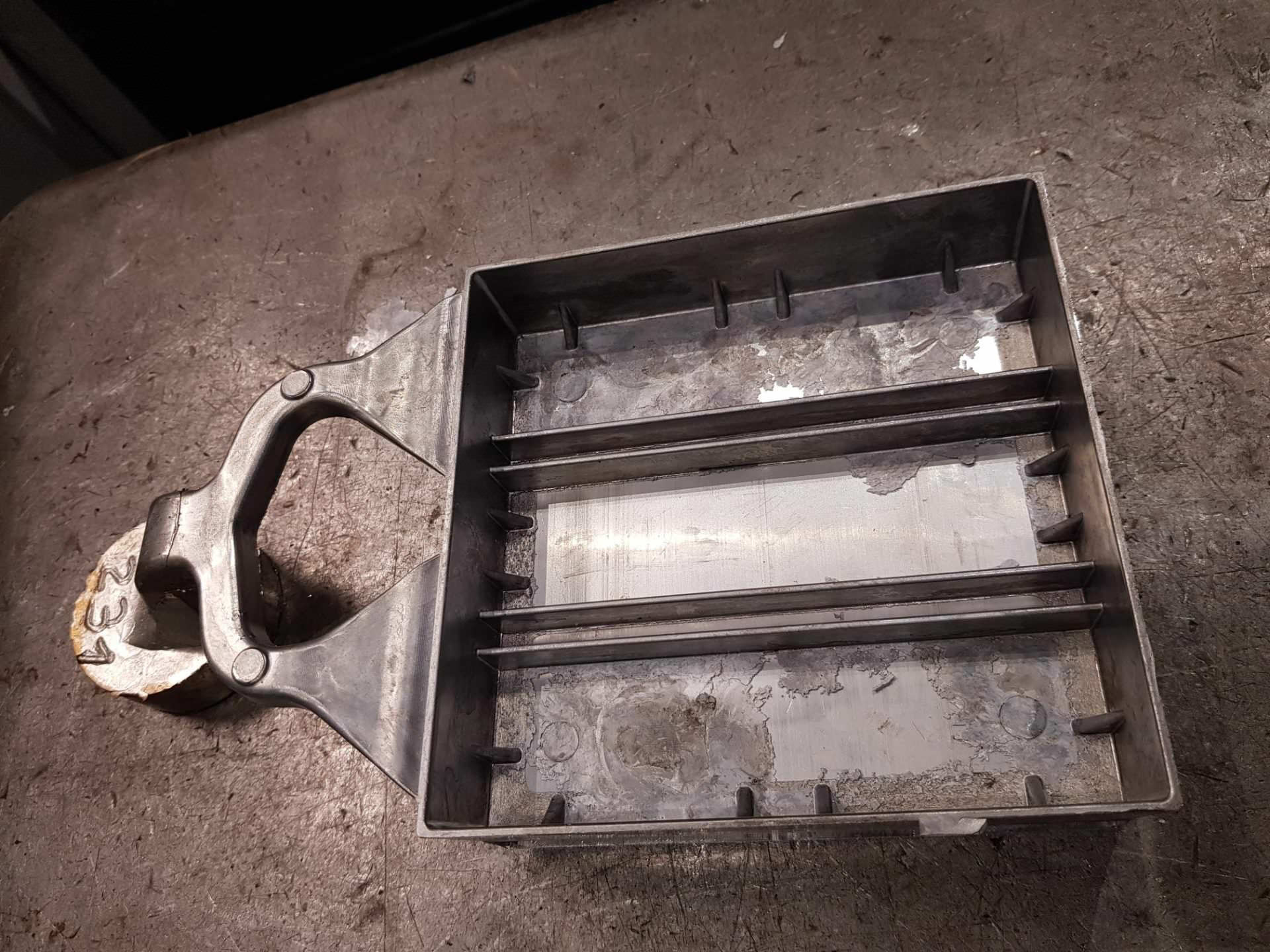
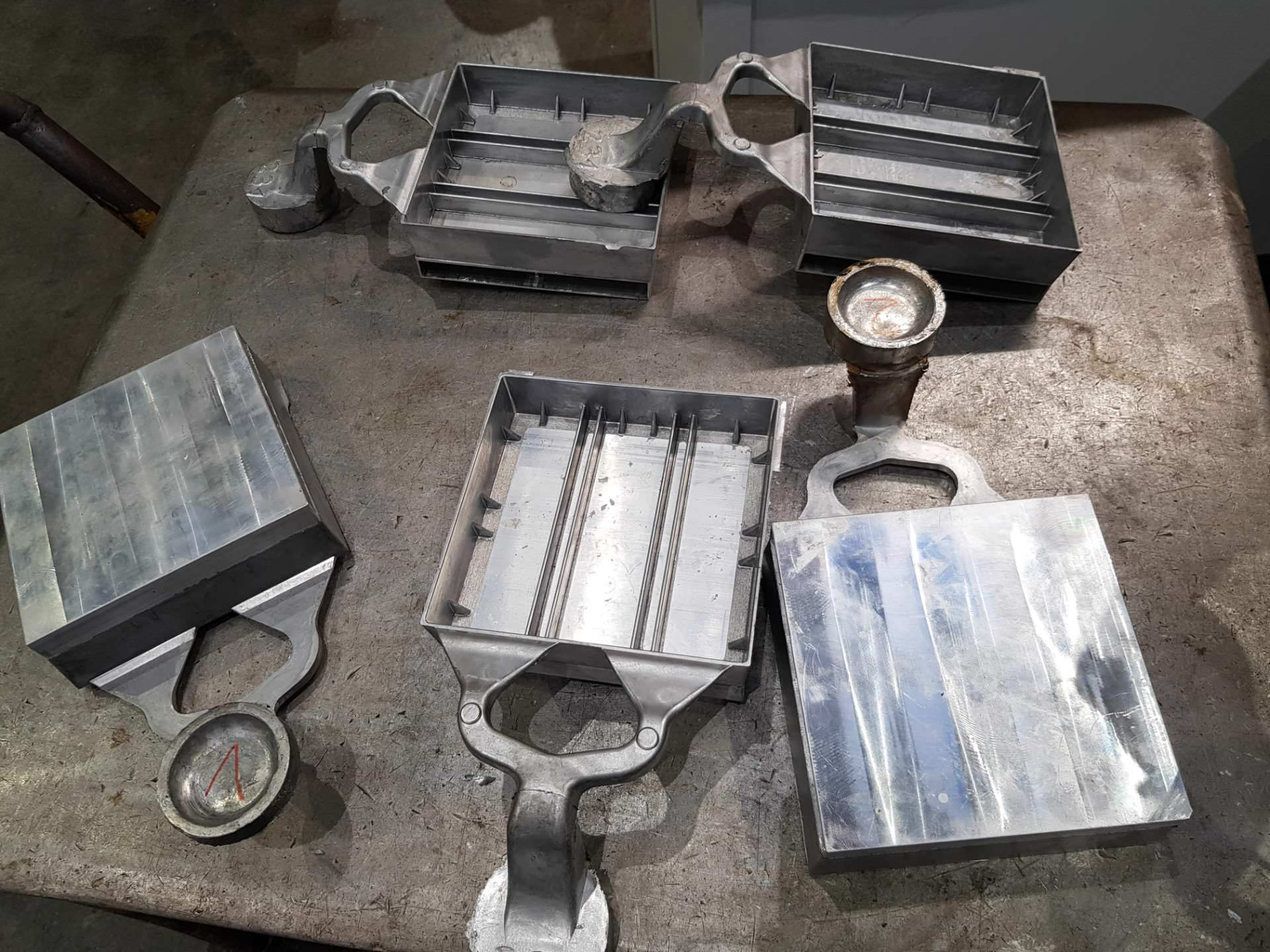
The mechanical properties correspond to the most common magnesium alloy, AZ91, to date. The fire test required by the FAA and the EASA was passed (0.04% weight loss vs. the required 0.1%). There are detailed analyses indicating that the filing does not violate any existing filings.
With MgCarbonit91, we offer our customers a flame-retardant alloy that we process using the thixomolding process, which exhibits excellent mechanical properties such as strength or elongation at break in tensile tests.
Fire tests revealed that the alloy does not produce flames but instead drips. While standard alloys can reignite after the initial fire is extinguished, this was not the case with MgCarbonit91. Further tests have shown that the alloy has excellent castability, and the carbon particles enable smoother filling of the mold. This results in less wear and higher process stability.
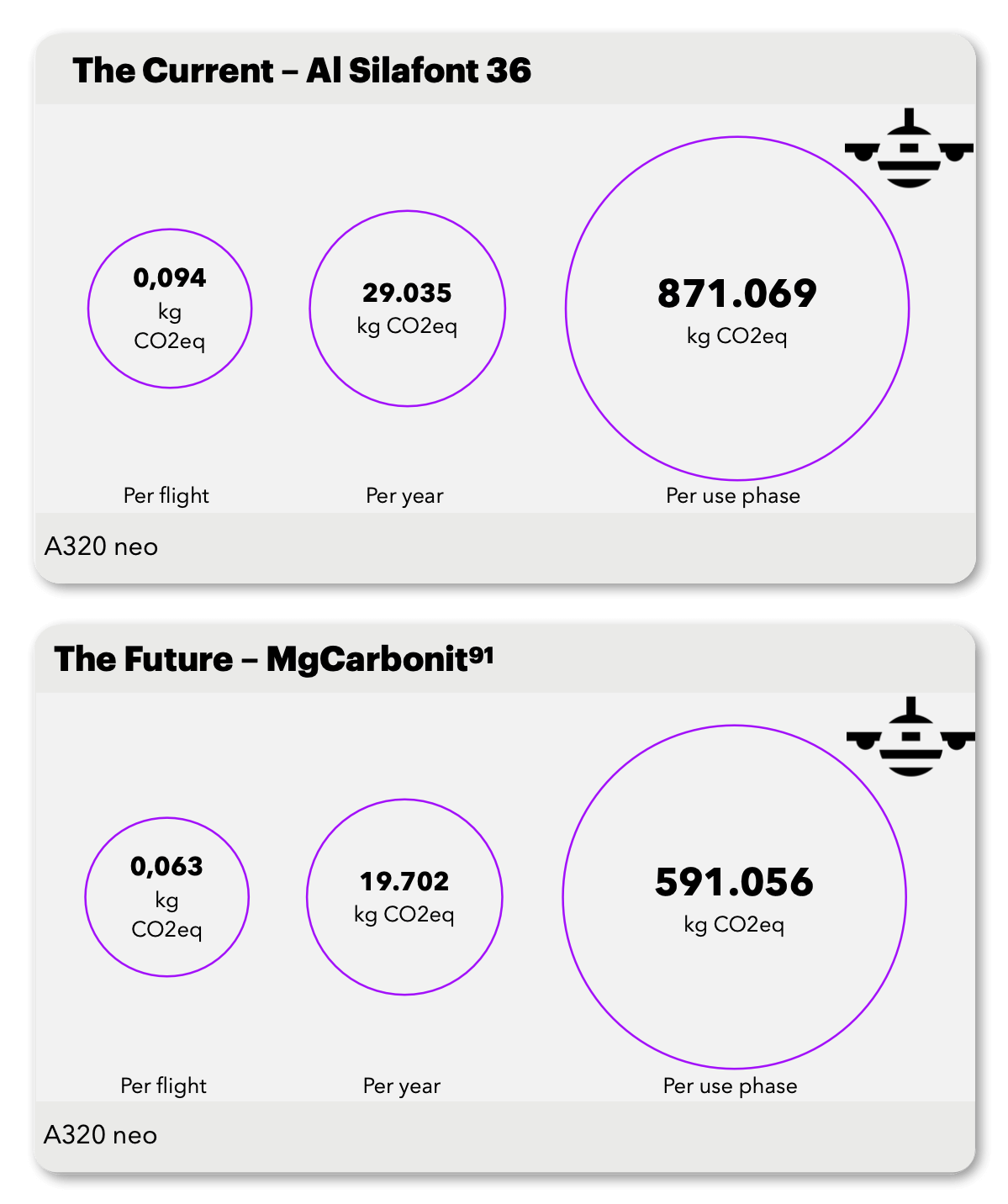
Accenture conducted an analysis of the weight saving potential of introducing a new Magnesium Alloy MgCarbonit91 in the aviation industry, using a simulation approach to evaluate Greenhouse Gas (GHG) emissions during the use phase of an aircraft. The analysis utilized scientific data and industry-specific data and involved modeling two variants of a tablearm, one made from an Aluminum Alloy and the other from the new Magnesium Alloy MgCarbonit91.
This assessment was made according to common approaches in Life Cycle Assessment methodology. The primary objective of the analysis was to assess the environmental impact of the new Magnesium Alloy by quantifying GHG emissions, specifically CO2- equivalent emissions, over the use phase.
The findings indicate a significant reduction of 32% in GHG emissions compared to conventional materials, demonstrating the potential of the Magnesium Alloy in mitigating environmental impacts.
Furthermore, the analysis revealed that the results are sensitive to various parameters that impact flight efficiency. This sensitivity analysis underscores the importance of considering factors such as fuel consumption and operational conditions, as they can significantly influence the overall environmental performance of the Magnesium Alloy.

